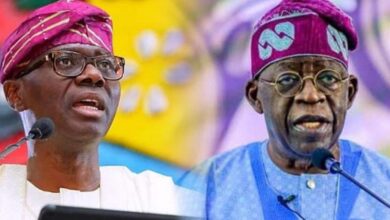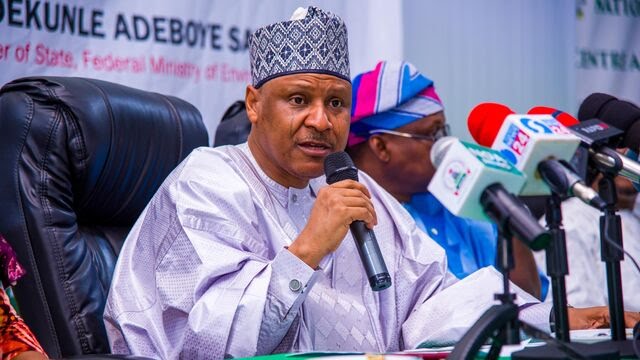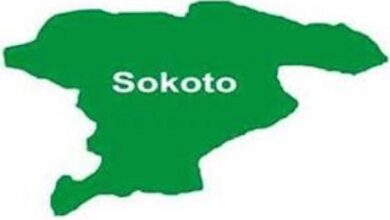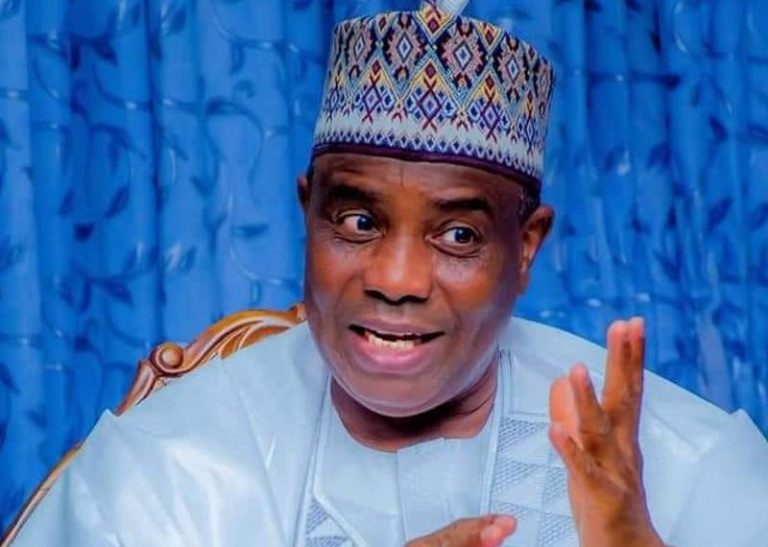‘Jonathan left empty treasury’

Former President Goodluck Jonathan left behind an empty treasury when he handed over power on May 29, 2015, documents sighted by Daily Trust has shown.
In a letter titled: Re: Resources To Help Meet Critical End-Of-Administration Payments, dated May 22, 2015 to Jonathan, former Finance Minister, Ngozi Okonjo-Iweala sought for permission to borrow N33 billion from Stabilization Account and Natural Resources Account to help make some minimal payments to big contractors, the MDGs before the administration left office.
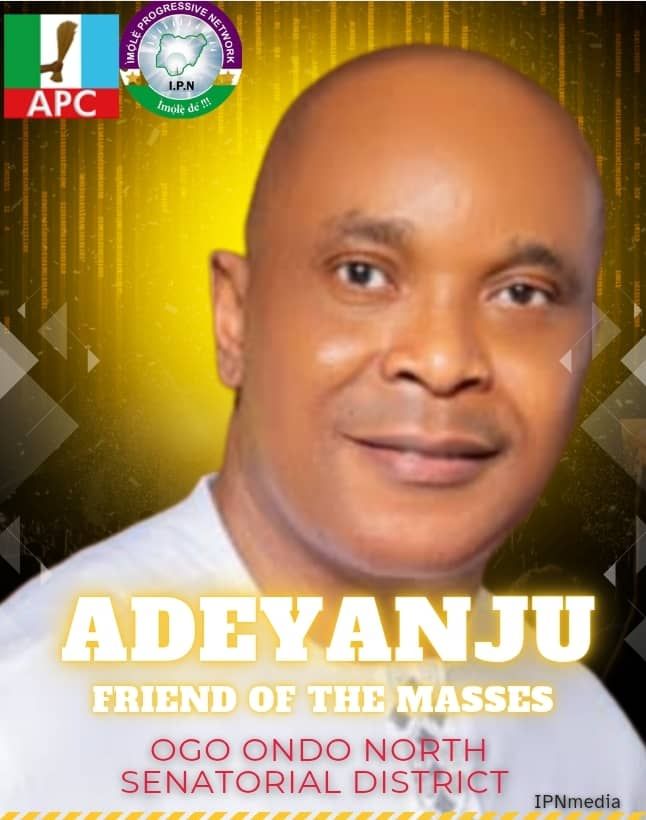
The letter, referenced cme-hmf/fmf/pres/fin/1/2015 signed by Okonjo-Iweala stated: “As your Excellency is aware, all other sources of payment have been exhausted at this time. I, therefore, seek your approval to borrow and implement these payments.”
President Muhammadu Buhari had on assumption of office declared that he met an empty treasury. His claim generated controversy with many doubting the claim.
But in the letter, the former minister also asked for permission for N100 million loans for the Development Bank of Nigeria (DBN) for start-up expenses to pay for office space and meet initial operating costs. This will be repaid when the DBN is on a sound footing per agreement with the AGF’s office”.
The document indicated that the amount was used to settled N10 billion debt owed to Julius Berger Nigeria Ltd on various contracts, N1.57 billion to settle entitlements of outgoing president and vice president, spouses of deceased presidents/head of states and N5 billion for settlement of the Office of the Senior Special Assistant to the President on MDGs.
Other ‘critical payments’ were: N1.35 billion for 2015 on-shore and off-shore activities of the Nigerian Christian Pilgrimage Commission and N250 million for the emergency provision of 75m span bridged spur to Yenagoa-Kolo-Nembe-Brass road to Kakatar CE LTG. The former president approved the request on May 25, 2015 and the director of the budget office of the federation released the sum of N23billion on May 27, 2015 according to the document.
When contacted, the office of the Accountant General of the Federation, confirmed the said payments, saying that the office released the money based on an appropriate procedure for payment.
In a reply to Daily Trust enquiries, the Accountant General of the Federation, Ahmed Idris said special accounts are fund set aside for specific purpose, however, when the need arises, funds are borrowed subject to Mr. President’s approval, to be reimbursed from subsequent appropriation.
The document seen by Daily Trust also showed massive withdrawal from the two special fund accounts from 2012 -2015, the period of oil boom and high revenue collections. For instance, in November, 2013 the government withdrew N80.7 billion from the Development of Natural Resources Account to meet some emergencies.
Also N32 billion was removed from the Stabilisation and Residual Account (SRA) for the funding of 2013 4th Quarter Capital projects and completion of the sum of N40 billion for 3rd quarter capital project. Another N7 billion was removed on August, 2013 from the same account to fund the emergency funding of intervention of critical projects of Electricity Generations Companies under the defunct Power Holding Company of Nigeria, Transmission Company of Nigeria and Distribution Companies for power improvement and sustenance.
On May 07, 2014 when the price of crude oil was about $113/barrel the then government also removed N36.7 billion from the SRA to consolidated Revenue Fund, although the letter approved by the President stated that the amount will be refunded after the FAAC meeting of the month.
Other similar withdrawals include the presidential approval of N7 billion on March 6, 2015 and N5.5billion on March 9, 2015 from the SRA to Consolidated Revenue as loan to cover the shortfall of the mandatory payments such as salaries, pension and gratuities as well as statutory agencies.
The Nigeria Extractive Industries Transparency Initiative (NEITI) in its latest report revealed that the total revenue flow to government were $58.07 and $55.5 billion in 2013 and 2014 respectively, a little below the $62.9b received in 2012.
It was argued that the three-year period recorded highest revenue collections in the country’s history.
The 0.5 percent Stabilisation and Residual Account is meant to serve as a stabilizing factor on the federation revenues from any economic downturn arising from depletion in oil revenues, allocation of any state in accordance to acceptable threshold, to be workout by the Revenue Mobilisation Allocation and Fiscal Commission, at which recourse can be had to the fund and for how long, according to the revenue act.
While, the 3 percent Development of Natural Resources which was set up to develop alternative sources of revenue from natural resources. NEITI said the two funds became a loose fund available for government to borrow to meet other obligations in its audit report released in 2014. Daily Trust.


